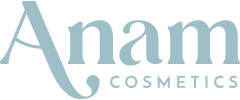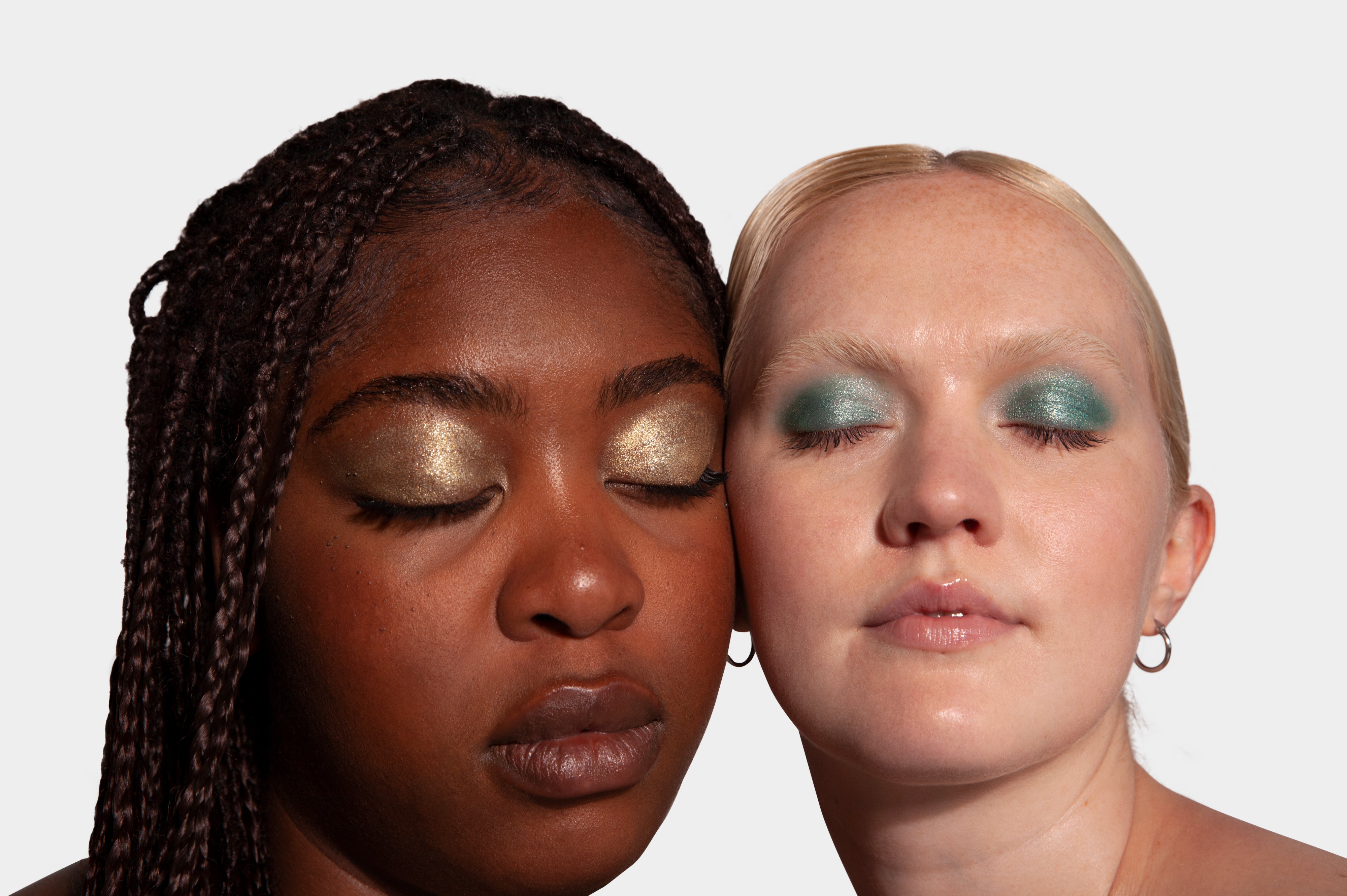The term “clean beauty” has no official definition. It's an unregulated, vague label that brands use to market their products, with no universally accepted standards or criteria.
The Claim:
Brands use “clean” to imply their products are safer, more natural, and environmentally friendly, positioning them as superior to conventional products.
The Reality:
“Clean” beauty is an unregulated term with no clear definition, allowing brands to use it however they see fit.
Removing certain ingredients doesn’t necessarily improve a product, and the alternatives can be less effective or even more irritating.
The “clean” label is often misleading, as it may still include synthetic chemicals, microplastics, or other ingredients that harm both your skin and the environment, contradicting the promise of purity and sustainability.
Example:
A mascara labeled “clean” might avoid parabens but still contain phenoxyethanol (linked to irritation), synthetic dyes, and microplastics. These ingredients are often not seen as “harmful,” but they can still pose risks to your skin and the planet, making the “clean” label misleading.
Much like the ‘Clean Girl Aesthetic,’ which promises effortless beauty, ‘clean beauty’ sells the illusion of purity and simplicity. In reality, both conceal the true work and contradictions—whether it’s a 12-step skincare routine to achieve an effortless look or 43 ingredients in a ‘clean’ product—that are necessary to achieve that 'effortless' look.

